World Food Day, observed annually on October 16, serves as a vital reminder of the global commitment to achieving food and nutritional security.
World Food Day
|
|---|
On October 13, 2024, the Union Home Ministry issued a gazette notification announcing the revocation of President’s rule in Jammu and Kashmir, which had been in place since October 31, 2019.
| Aspects | Description |
| Grounds of Declaration |
|
| Parliamentary Approval |
|
| Duration |
|
| Judicial Review |
|
| Revocation |
|
| State’s Executive |
|
| State’s Legislative power |
|
| State’s Judiciary |
|
A deadly new weapon ‘Dragon Drones’ has taken to the skies in the Russia-Ukraine war.
Convention on Certain Conventional Weapons
|
|---|
In recent days, the sky over regions much farther south than usual has been illuminated by vibrant auroras.
 They were seen across parts of Germany, the United Kingdom, New England, and even New York City and New Mexico.
They were seen across parts of Germany, the United Kingdom, New England, and even New York City and New Mexico.Auroras are natural light displays that occur in Earth’s polar regions. They are known as aurora borealis (northern lights) in the Northern Hemisphere and aurora australis (southern lights) in the Southern Hemisphere.
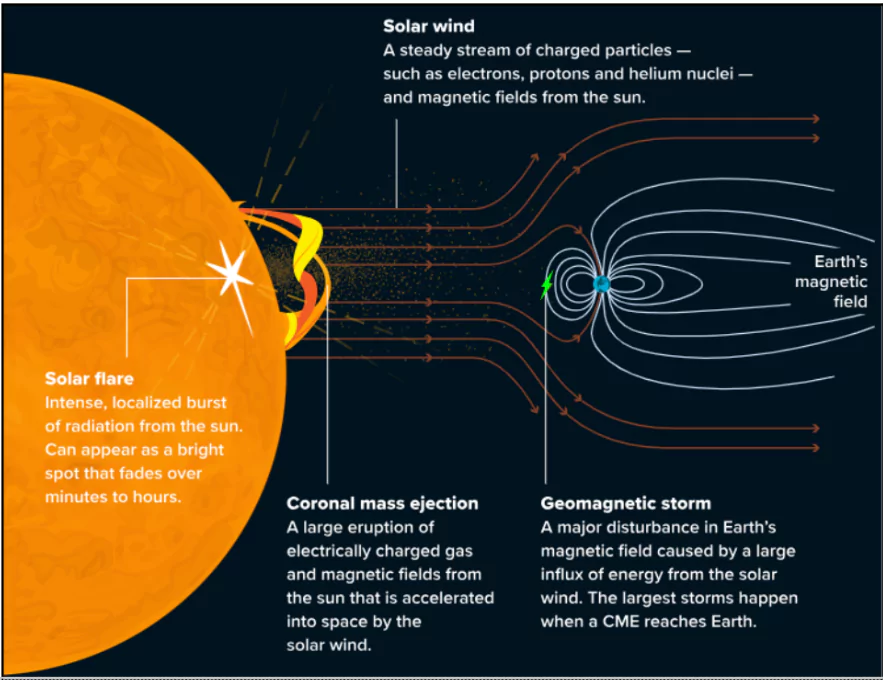 Some of this energy is emitted as sunlight, radiation (solar flares), and charged particles.
Some of this energy is emitted as sunlight, radiation (solar flares), and charged particles.To prevent floods and landslides as recently seen in Kerala’s Wayanad district in the future, the Union Ministry of Earth Sciences approved the installation of an X-band radar in Wayanad.
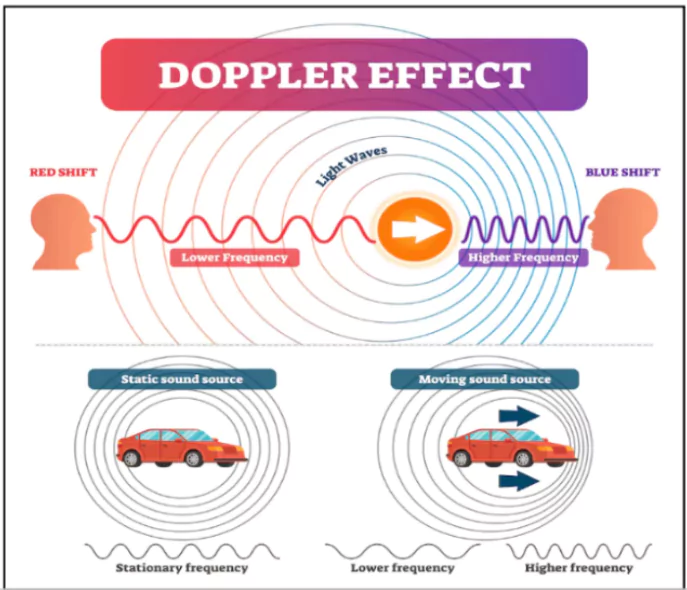 The X-band radar installed in Wayanad will play a key role in monitoring the movements of soil particles, which are indicators of potential landslides.
The X-band radar installed in Wayanad will play a key role in monitoring the movements of soil particles, which are indicators of potential landslides.
What is RADAR?
How Does Radar Work?
What are Electromagnetic Waves?
|
|---|

India’s ranking in the Global Hunger Index (GHI) 2024, at 105th out of 127 countries, reflects significant challenges in addressing hunger and malnutrition.
| Indicator | India’s GHI 2024 |
| Overall Score | 27.3 |
| undernourished | 13.7% |
| Stunted | 35.5% |
| Wasted | 18.7% |
| Under-Five Mortality Rate | 2.9% |
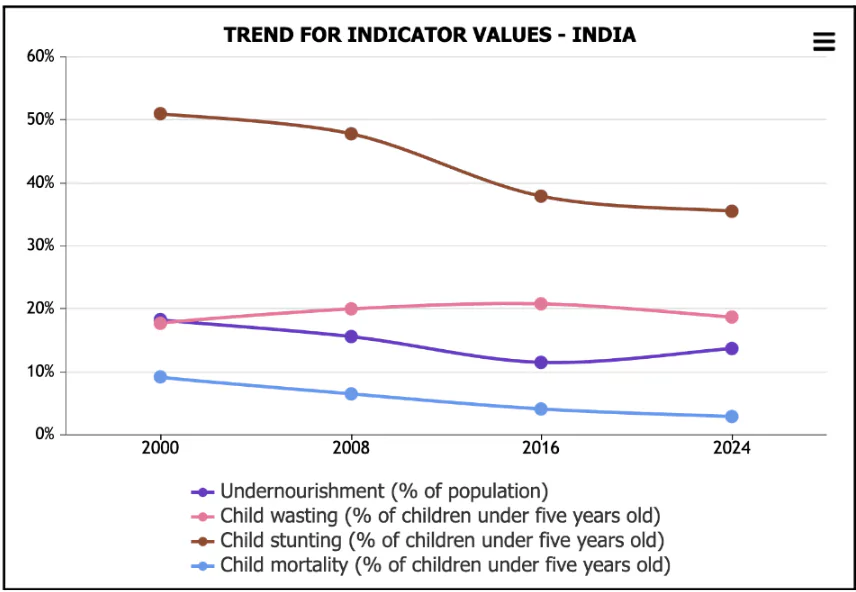 Alarming Hunger Levels: Several African nations are in the “alarming” category due to conflicts, including Gaza, Sudan, DR Congo, Haiti, Mali, and Syria.
Alarming Hunger Levels: Several African nations are in the “alarming” category due to conflicts, including Gaza, Sudan, DR Congo, Haiti, Mali, and Syria.
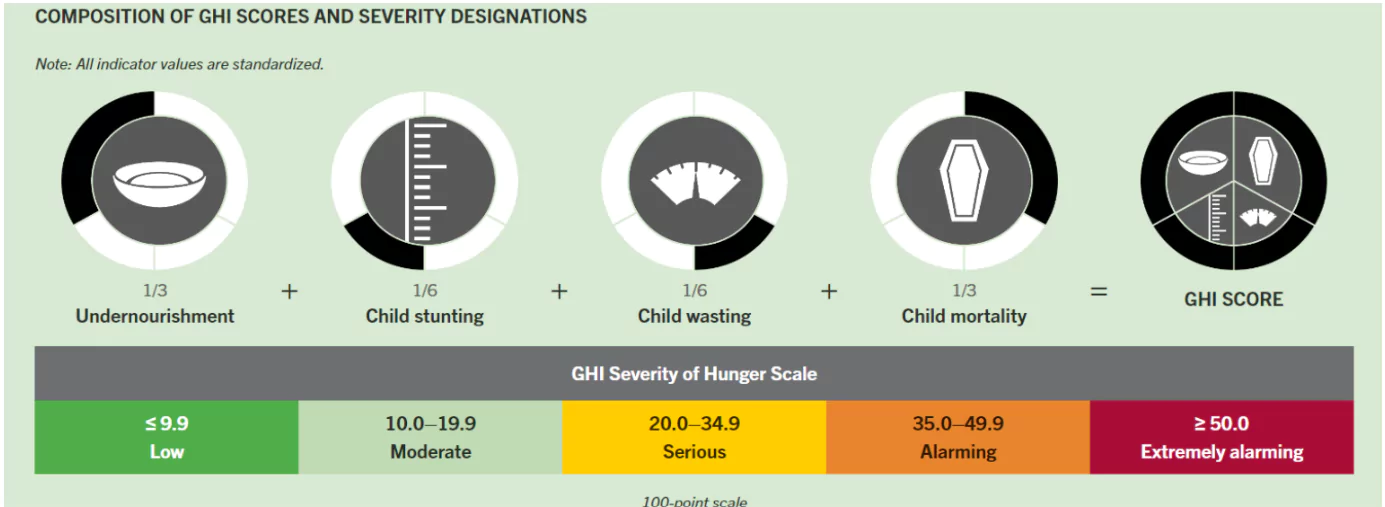
The Nobel Peace Prize was awarded to Nihon Hidankyo, a Japanese organization representing survivors of the atomic bombings in Hiroshima and Nagasaki.
Nobel Peace Prize
Notable Recipients of the Nobel Peace Prize
|
|---|
Nihon Hidankyo is a Japanese organization founded in 1956 that represents the survivors of the Hiroshima and Nagasaki bombings, known as Hibakusha.
The 1945 Atomic Bombing
|
|---|
The Cabinet Committee on Security (CCS) has approved Phase III of India’s Space-Based Surveillance (SBS-III) initiative.
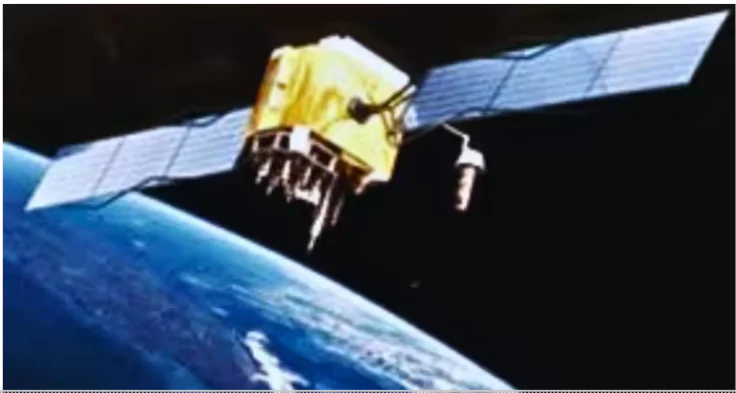
Context: The Indian Army has recently rolled out its first overhauled T-90 Bhishma tank.
Context: The cultivation of Kappaphycus alvarezii, a non-native invasive species, has been promoted by the Indian government in recent times.
Context: A 75-year-old man from Kerala, who recently returned from Vietnam and Cambodia, has been diagnosed with murine typhus, a rare bacterial disease, marking the state’s first reported case of this disease.
Context: The Indian government launched the PM Internship Scheme to connect young people with top companies.
Context: The United States is deploying an advanced anti-missile system, THAAD, to Israel along with a US military crew to operate it.
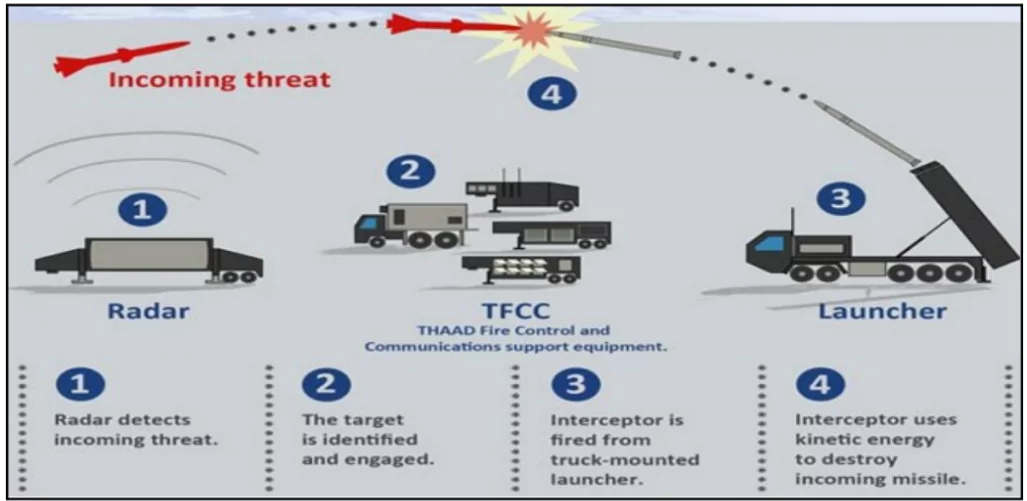
Context: Israel Defence Forces (IDF) tanks destroyed the main gate of a facility of the UN peacekeeping forces at Ramyah in south Lebanon.
<div class="new-fform">
</div>